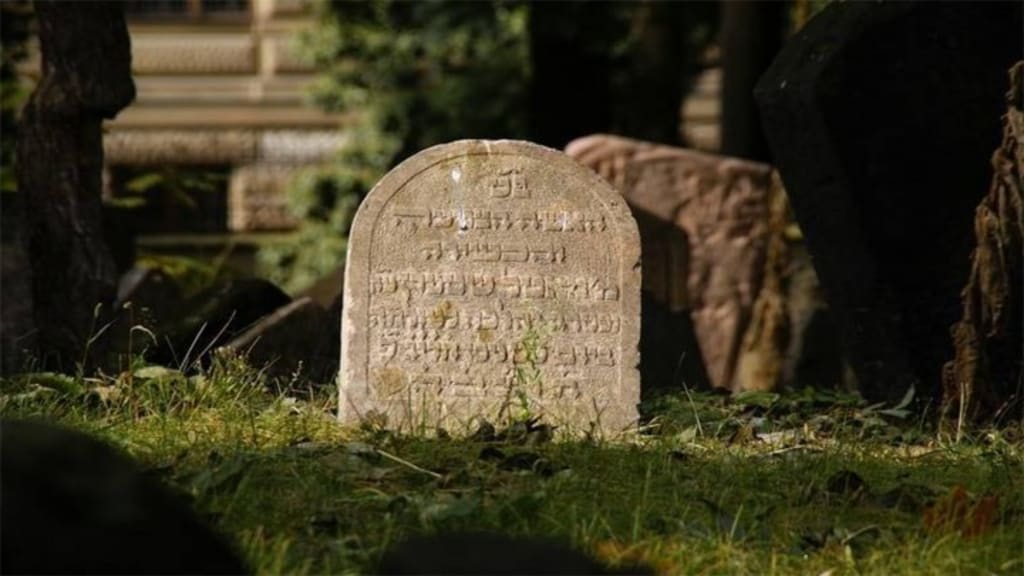Researchers find burnt bone fragments in Nestor's Cup tomb belong to at least three adults
Burnt bone fragments in Nestor Cup tomb belong to at least three adults

It was previously believed that there was only one child in Nestor's Cup tomb, but a new analysis of the tomb's bones by researchers shows that the burnt bone fragments in the tomb belonged to at least three adults. On October 6, Melania Gigante, a postdoctoral researcher at the Department of Cultural Heritage at the University of Padova in Italy, and her colleagues published an article in PLOS ONE, saying that an ancient Greek dating back nearly 3,000 years ago.
The crematorium was more crowded than expected. At the time, the tomb was thought to contain only one child, but anew analysis of the tomb bones shows it contained the remains of at least three adults. The result may help explain a long-standing mystery: The existence of a cup in the tomb with vivid inscriptions that seem out of place in children's graves. The cup, called the Nestor Cup, is now on permanent display at the Pitt Cuse Archaeological Museum on the Italian island of Ischia. The cup is one of the oldest surviving Greek writings, study authors report oOct. 6 in the journal PLOSOne. n
The clay vessel, known as the Nestor Cup, has three lines of boasting, with three lines of Greek script written on it, and a line of sextets thought to be an allusion to Homer's poetry. The text reads: "I am Nestor's cup, and it is delicious. Whoever drinks this empty cup at the end will be directly caught by the coronation of Aphrodite, who longs for beauty."
Scientists in a new study Experts have long wondered why such information would be preserved in a child's burial, and the recent findings may help explain that, the report said. According to the Joukowsky Institute of Archaeology and the Ancient World at Brown University in Providence, Rhode Island, the inscription on it is meant to pay homage to Nestor's mythical goblet. In contrast, this cup is much simpler than the beautiful golden cup described by Homer in the Greek epic "Iliad". Because in the concept of the ancient Greeks, only a funeral for the dead can comfort the dead and comfort the soul.
Funeral of the Ancient Greeks The funeral was one of the important rites of the ancient Greeks. The ancient Greeks gradually formed a unique set of funeral rituals, including purification, cessation, funeral, burial, and other rituals. The ancient Greeks believed that if the deceased did not receive a burial, his soul would not rest, disturbing and avenging the living.
The earliest records of funeral activities in ancient Greece can be found in the epic poems of Homer. The funeral process of Hector and Patroclus is detailed at the end of the Iliad. Funerals evolved and improved as city-states formed. The archaic era is an important stage in the development of funerals. During this period, the basic pattern of ancient Greek funerals was established, and it has been used until the Hellenistic era.
Although ancient funerals were not as grand as those described in epics, nobles still regarded funerals as an opportunity to demonstrate the strength of their families. The luxurious and complicated ceremonies show the wealth, powe,r and prestige of the noble family.
In ancient Greece, funerals were relatively conservative and stable. They believe that in an "ideal funeral", relatives and friends of the funeral should take care of the funeral. According to Herodotus, Solon believed that true happiness could not be attained by those who lived in luxury all their lives. A person can only be called h if he keeps everything he has until the moment of death and then passes away happily. appy
The ancient Greeks connected family members by participating in funeral services, which strengthened the unity and cohesion of the members and maintained the common values of the ancient Greeks. In funeral activities, various systems and rules restricted the ancient Greeks, and also reflected the hierarchy and order of Greek society.
The tomb where Nestor Cup was excavated is considered to be one of the most interesting archaeological finds of the Mediterranean pre-classic period, dating back to the 8th century BC. "We can say we reopened a cold case," Gigante told LiveScience in an email.
The tomb is part of an ancient site called Pete Kusai, an ancient Greek city, and the cemetery on the Italian island of Ischia. Archaeologists excavated some 1,300 graves there between 1952 and 1982. One of the tombs, identified as "Cremation 168", is better known as "
The Tomb of Nestor's Cup" because an inscribed wine drinking vessel, known as a k, was found there. Previous research has suggested the remains of the tomb belonged to a young child, but "who was buried with Nestor's cup" remains a mystery. ettle
There were 195 bone fragments in the burial, and researchers using microscopes to examine the surface had some conclusive results for 175 fragments. For the study, Gigant and colleagues used microscopes to examine the details of the surface and internal tissue of 195 charred bone fragments in the tomb, and to their surprise, only about 130 of these fragments were human; And at least 45 bone fragments came from animals. According to the study, some of the bones may belong to sheep, while others may belong to dogs and birds.
Because the pieces are all so broken up, scientists haven't had a way to identify most of them with certainty. The study found that when scientists looked at the human skeleton, they found that it was mostly large bones in the arms and legs. They then examined the structures that emerged as bone tissue self-renewed over time.
By comparing the densities of these formations in the samples, they found that the fragments belonged to three people and that the bones also indicated that these people were adults who were no longer growing.
While it was impossible to determine their ages or whether they were related, the findings ruled out the possibility of a child in the grave, the researchers wrote. "I wasn't surprised to receive another confirmation of how much Pithekoussai remains to be discovered," Gigant said. "Unfortunately, given the high fragmentation of the samples and firean, we can't say much." ctivity
Among them, h remains of the animals showed similar burning patterns, suggesting they were burned together or using the same methods, while the animals in the graves may represent food offerings for the deceased "or a companion on a journey to the afterlife." humans
This study demonstrates the usefulness of histological data in the study of burial sites. Gigant said: "More than 50 years after the discovery of the Nestor Cup, our research rewrites the history of the tomb and previous archaeological interpretations because not only does this study provide a more complete explanation of the Nestor Cup, but it also p new clues to the funeral customs, culture and so,ciety of Greek immigrants from the ancient Western Mediterranean.".rovides
About the Creator
sayre laylah
Tired of monotonous climbing moves, but every step is close to the top
Enjoyed the story? Support the Creator.
Subscribe for free to receive all their stories in your feed. You could also pledge your support or give them a one-off tip, letting them know you appreciate their work.






Comments
There are no comments for this story
Be the first to respond and start the conversation.